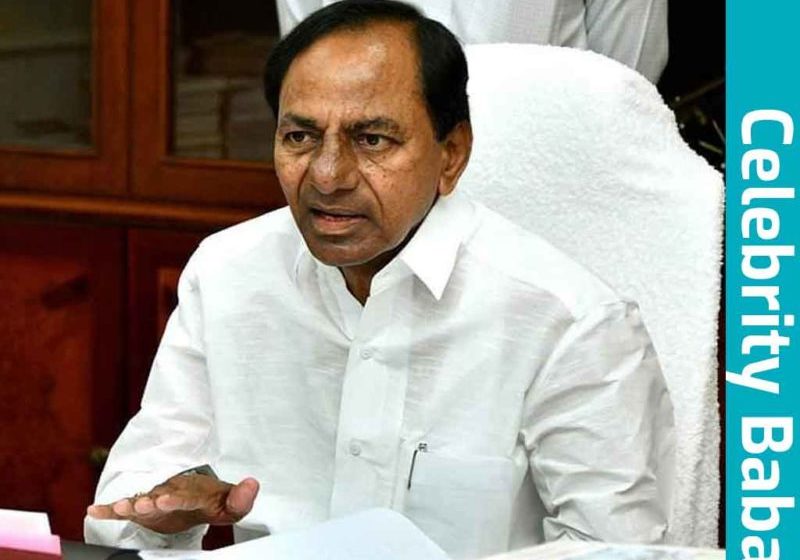K. Chandrashekar Rao, the founder of Telangana Rashtra Samithi, was undoubtedly the driving force behind the decade-long struggle for a separate Telangana state. However, there were several other individuals who played significant roles, either directly or indirectly, in turning this dream into a reality.
Recalling their contributions, N. Vamsi Srinivas highlights the following key figures:
- Prof. Jayashankar: As a respected academician and Telangana ideologue, Prof. Jayashankar dedicated his life to envisioning statehood for Telangana. He recognized the importance of educating people in the region to prepare them for the struggle. He authored books, encouraged others to write on Telangana-related issues, and tirelessly addressed countless meetings and toured the region for decades. K. Chandrashekar Rao strategically portrayed him as his guru to lend legitimacy to the political struggle.
- Prof. Kodandaram: A well-known human rights activist, Prof. Kodandaram became the face of the political Joint Action Committee (JAC) orchestrated by Chandrashekar Rao. After the UPA government diluted the process of Telangana formation, the JAC, with representation from various political parties, appointed Kodandaram to lead the apolitical appeal. However, differences between Kodandaram and KCR emerged post-bifurcation, leading Kodandaram to establish his own political party.
- E.S.L. Narasimhan: A retired police officer with extensive experience in intelligence gathering, Narasimhan was appointed as the incharge Governor of Andhra Pradesh during the peak of the Telangana agitation. Despite rumors suggesting his favoritism towards bifurcation, Narasimhan’s aides describe him as someone who strictly followed orders without letting law and order deteriorate. He continued as Governor of both states to ensure a smooth transition after the division.
- Kalvakuntla Kavitha: The impactful leader from the Telangana Rashtra Samithi, Kavitha, played a significant role in cultural integration through her organization called ‘Jagruti.’ The popular Telangana festival, Bathukamma Panduga, became a symbol of revolt against oppression during the agitation, uniting women across the region. Kavitha’s efforts in promoting the festival contributed to its widespread acceptance and participation.
- K. Rosaiah: A veteran in Telugu politics, K. Rosaiah unexpectedly assumed the position of Chief Minister following the tragic demise of Y.S. Rajasekhar Reddy. Despite facing internal strife within the Congress party and challenges from YSR’s son, Jagan Mohan Reddy, Rosaiah’s lack of control over the administration, Cabinet, and party legislators worked in favor of the Telangana protagonists. His nonchalant approach and the chaos surrounding the “Chalo Assembly” movement influenced the Congress high command’s decision to initiate the process of state division.
Additionally, the artistic contributions during the Telangana agitation played a crucial role in mobilizing and inspiring the masses. Gaddar’s revolutionary ballads, Mittapalli Surender’s emotional lyrics, and Rasamai Balakishan’s captivating music energized all social groups and aroused the latent emotions of the people. The cultural awakening brought about by these artists showcased the spirit and essence of the movement, highlighting the need for emotional bonding among the people of the region.

